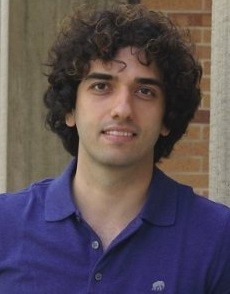Past Event
Needle in a haystack - How to Find Hidden Parasitics in mm-Wave Layouts
December 2, 2016
2:00 PM - 3:00 PM
Event time is displayed in your time zone.
414 CEPSR
